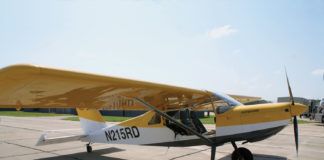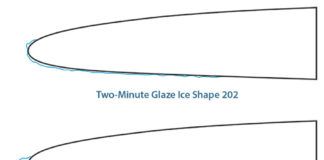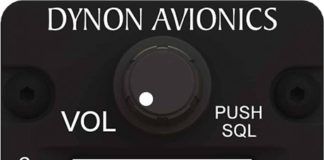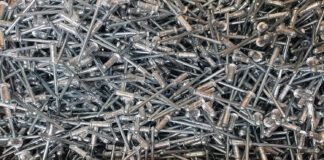 Overpowering Sentiment (Best Letter)
Overpowering Sentiment (Best Letter)
I agree that the folks at CubCrafters have done a great job with the Carbon Cub SS in fixing the Cubs shortcomings in empty weight, safety, performance and comfort. As an Experimental homebuilt it appears to be an excellent aircraft. However, calling a 180-horsepower aircraft with a design gross weight of 1865 pounds an SLSA is a slap in the face of the FAA, EAA, ASTM and all those companies that play by the rules.
Taking an O-320 and turning it into a 180-hp engine just to have it then arbitrarily limited to 80 hp continuous is like handing your teenage son the keys to your Cobra because he promised not to push very hard on the accelerator pedal. I suggest anyone who buys one of these to be operated as an LSA not to put any recording instruments in it that can prove to the FAA or an insurance company after an accident that it wasn’t being operated at 80 hp.
If they get away with this sham, then why not build an LSA with a constant-speed prop? Just put a placard on the instrument panel saying, Adjustment of propeller pitch while in flight is STRICTLY PROHIBITED!
Then, if you get away with that, I could see more placards legalizing retractable gear, extra seats and another engine. Just be sure to placard all of them unusable in flight. I consider this plane to be the SLSA equivalent of having a hired gun builder complete your kit and sign it off an Experimental/Amateur-Built.
P.S. Stein Bruch, I enjoyed very much your article on pitot-static systems in the May issue. I have learned a lot from your other articles, especially related to avionics.
Jim Wimberly
I enjoyed your article on the CubCrafters Carbon Cub. However, there is one thing you did not make clear. I read about the 180-hp engine for takeoff and 100 hp for cruise some time ago. I went to the company’s web site, but could not find an explanation of how it is done. What keeps a pilot from going full throttle all the time? Is it a computer-operated throttle with a timer for full throttle or what?
Neal Burmaste
Its nothing so complicated. You are on your own to set power via the throttle to keep from exceeding the maximum continuous rating.-Ed.
About Bob
Dear Bob Fritz: Congratulations regarding the progress (high-altitude taxi and presumably first flight since then) of your Jabiru as documented in the May 2010 issue. I would like to thank you for all of the contributions you have made to the aviation community through your many articles. It is because of you and your articles that I now have a benchtop milling machine and a 10-inch lathe in my garage. In addition to using them to collect dust, I plan to learn to use them to turn big pieces of metal into smaller ones. Your writing style (and that of KITPLANES in general) is very informative and enjoyable. Thanks for everything, and many happy flights.
Bruce Rose
Economics Lesson
Regarding James Camerons letter about the cost of Continental O-200 engines, a little history lesson. Years ago, after fueling up somewhere in Texas, a Beech Baron crashed with three or four important passengers aboard. The crash was caused by the pilot not switching the fuel-tank selector switch. This caused a lawsuit against the manufacturers of the aircraft, the fuel selector switch, the engine manufacturer and everyone who ever touched the airplane. The cost of the engine went immediately from approximately $2000 to $6000 because of the liability insurance. Car engines are a dime a dozen, so the liability is spread out over tens of thousands of engines. However, aircraft engines are not a dime a dozen, so the liability is spread out over hundreds. One can only wonder why a manufacturer is held responsible for the ignorance of the product user, but thats the way of our legal system.
Vinton M. Lampton
For some time now I have subscribed to your magazine, all the while wishing there would be some qualitative review on engines from 80 to 120 hp. There are four engines, each with very different design configurations, that I would like to see directly compared: the Hirth orbital injected heavy fuel three-cylinder, the Rotax 912, the Jabiru 2200 and the MZ three-cylinder. I would like to see which engine has the lowest fuel consumption, best maintenance cycles and best performance for rate of climb and top speed. Maybe they could all be put in the same platform.
Walt Dunston
Thats a terrific suggestion, one we wish we could fulfill. But as you surmised, the difficulty would be finding four similar airframes with each of the engines mounted, tested and validated. Its a big order, but were game if four owners are.-Ed.




